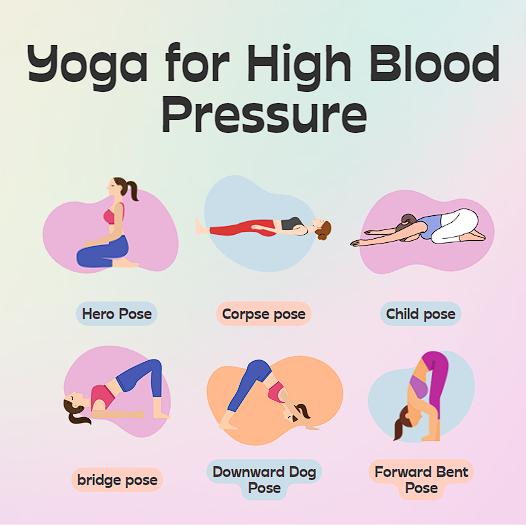How Does Diabetes Occur?
(Yoga for Diabetes) When very little amount of insulin reaches the body’s pancreas, the glucose level in the blood increases. Due to the increased amount of glucose in the blood, the blood becomes sweet. This condition is called diabetes. Insulin is a hormone produced by the digestive gland. The job of insulin is to convert food into energy inside the body. This hormone helps in maintaining the amount of sugar in our body. When one has diabetes, the body has difficulty converting food into energy. When the amount of glucose in the blood increases, it starts damaging various organs of the body.
Diabetes occurs more in men than in women. Diabetes is mostly hereditary or due to poor lifestyle. In this, they categorize hereditary diabetes as Type-1 and categorize diabetes caused by an irregular lifestyle as Type-2.
Main Symptoms of Diabetes
- Weight loss.
- increased hunger, thirst, and urination
- Fatigue, pain in calves.
- Frequent infections or delayed wound healing.
- Tingling, numbness, and burning sensation in hands and feet.
- Impotence.
Some people are more likely to develop diabetes, such as obese people or those who have a history of diabetes in their family or lineage, high blood pressure patients, and those who do not do physical work. People living in cities are more at risk of diabetes than rural people.
Due to diabetes
If you are suffering from diabetes then there can be many reasons for it like not doing physical exercise regularly, consuming more junk food instead of nutritious food, and having a stressful lifestyle. To get relief from diabetes, it is very important to change your lifestyle along with modern medicine.
In today’s modern times, most of the people depend on medicine to cure the problem of diabetes. As long as one takes medicine, diabetes remains under control.. After stopping the medicine, it starts becoming severe again.
Yoga is a natural way to get rid of diabetes. By practicing yoga regularly, we can stay away from dangerous diseases like diabetes. Adding yoga, pranayama, and meditation to your lifestyle is a good solution.
To get rid of diabetes quickly, you have to make yoga an integral part of your life. Do yoga daily in the morning and evening at whatever time suits you. Whatever time you have set for doing yoga, be disciplined towards it. You will see great results in no time.
Yoga for Diabetes
1. Dhanurasana (Bow Pose)
Dhanurasana activates the pancreas. By doing this asana, the pancreas itself produces insulin hormone which controls blood sugar. Apart from this, the practice of Dhanurasana also strengthens the digestive system. Practicing this asana also relieves stress and fatigue.
2. Kapalbhati (Skull Shining Breathing Technique)
Kapalbhati Pranayama is very beneficial for diabetic patients. By practicing this asana, our body’s nerves and power of thinking also increase. These asanas also make our bodies energetic. Kapalbhati Pranayama maintains blood flow and also calms the mind.
3. Ardha Matsyendrasana (Half Lord of the Fishes Pose)
Ardha Matsyendrasana Yoga is very beneficial for diabetic patients. By doing this yoga, the abdominal organs are massaged and the spine also becomes strong. Ardha Matsyendrasana makes our lungs healthy and strong. Along with providing relief from diabetes, this asana also increases our breathing capacity.
4. Paschimottanasana (Seated Forward Bend)
Paschimottanasana yoga helps in reducing stress, making bones flexible, strengthening digestion, and also helps in maintaining high blood sugar. As written above, this asana activates all the abdominal organs. Due to this the pancreas producing insulin also becomes active. This asana removes stress and also calms the mind.
5. Shavasana (The Corpse Pose)
Shavasana is a yoga asana related to breathing in which breathing-related activities are done. By doing this asana, our lungs become healthy and strong, our blood circulation remains maintained and it also helps in refining our blood. This asana not only calms our mind but also energizes the body. This asana also eliminates the problem of migraine.
Note: The information given here is not a substitute for any medical advice. This is being given only for educational purposes.




Pingback: Health Benefits of Running Everyday You Need to Know